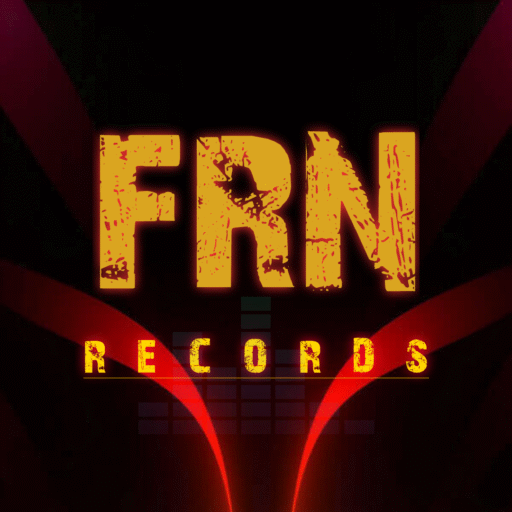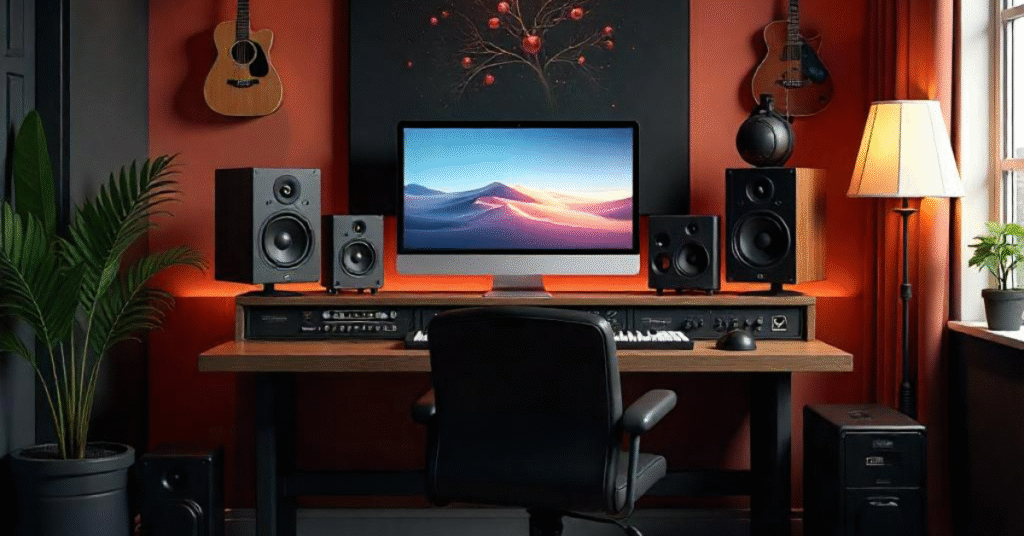How To Make A Song
Affiliate Disclosure
This article contains affiliate links. If you buy using them, we may earn a small commission.
From melody writing to mixing—use our top tools, DAWs, and songwriting guides to create your first song.
Songwriting doesn’t have to be hard—use these tools to make your first track shine.

Have you ever felt something so strongly that words alone couldn’t express it? That’s where music comes in. Creating a song is not just about melody and rhythm — it’s about telling a story. Whether you’re sitting with your guitar, beat-making in a DAW, or humming into your phone mic, this guide will walk you through the complete process of making a song from scratch — even if you’re starting with zero experience.
1: Get Inspired
Before a song is made, it’s felt. Inspiration can come from:
- A personal experience
- A beat you heard on YouTube
- A random thought during a late-night walk
Tip: Carry a notebook or use your phone’s voice memo app. Catch the feeling before it fades.
2: Decide the Style and Mood
Every song has a soul — its genre, tempo, and mood define it.
Ask yourself:
- Do I want to make a chill acoustic track or a dance banger?
- Is this a sad love song or a motivational anthem?
Pro Tip: Listen to similar songs. Dissect what you love about them: is it the chord progression, the vibe, or the vocal tone?
3: Write the Lyrics or Melody First
There’s no fixed rule — some artists start with lyrics, others with melody.
- Lyrics First: Think in verses, chorus, bridge. Don’t overthink rhyme schemes. Focus on honesty.
- Melody First: Hum freely. Loop a beat or chord progression and sing whatever comes to mind. Words can follow.
Tools to Help:
- Rhyming Dictionary (RhymeZone)
- Lyric Generator (but always humanize it)
- Piano or Guitar for melody support
4: Build the Instrumental (Beat/Backing Track)
This is where your song starts sounding real. You can:
- Use a Digital Audio Workstation (DAW) like FL Studio, Ableton, Logic Pro
- Try free mobile apps like BandLab or GarageBand
- Buy beats from platforms like BeatStars
- Create your own from scratch
Structure Your Song Like This:
[Intro]
[Verse 1]
[Chorus]
[Verse 2]
[Chorus]
[Bridge or Rap]
[Final Chorus/Outro]
Tip: Keep it simple. Use 4–5 instruments at most (drums, bass, chords, lead, FX).
5: Record Vocals
You don’t need a fancy studio. You just need:
- A decent microphone (even a USB mic works)
- A quiet room
- A pop filter (you can even make one at home – how to make a homemade pop filter)
- A free DAW like Audacity or Cakewalk
Recording Tips:
- Stand straight, breathe deep
- Record multiple takes
- Don’t worry if your voice cracks — you can always re-record
6: Edit, Mix & Polish
This is where the magic happens.
- Editing: Trim mistakes, fix timing, align vocals with beat
- Mixing: Balance all elements — reduce noise, EQ the voice, add reverb and effects
- Mastering: Final step to boost overall loudness and make it streaming-ready
Recommended Tools:
- iZotope Ozone (for mastering)
- Waves plugins (for vocal polish)
- Stock plugins in your DAW (they’re enough for beginners)
7: Listen Critically & Get Feedback
Don’t rush to upload.
- Play the song on your phone, headphones, car stereo
- Share with 2–3 trusted friends or fellow musicians
- Take notes. Make final adjustments.
Remember: A song is finished not when there’s nothing left to add, but when there’s nothing left to take away.
8: Release It to the World
You did it — your song is alive. Now:
- Distribute it via DistroKid, TuneCore, or Amuse
- Create a simple cover art
- Upload to Spotify, Apple Music, YouTube
- Share it on social media — tell your story
Bonus Tip: Add lyrics and credits — people connect more when they know the meaning behind your music.
FAQs – Answering Your Song making Questions
Q1: How to make a song without instruments?
Answer: You can use loops, virtual instruments, or free beat-making software like BandLab or GarageBand. No instruments needed!
Q2: Can I make a song even if I don’t know music theory?
Answer: Absolutely! Many great artists don’t know formal music theory. Start by humming a tune, writing down your feelings, or experimenting with free beat-making apps. Passion is more important than theory — you can learn the rest along the way.
Q3: What equipment do I need to make a song at home?
Answer: To make a song at home, all you need is a smartphone, a basic microphone (even USB is fine), and a free DAW like BandLab or Audacity. If you have a quiet room and headphones, you’re ready to go!
Q4: How long does it take to make a full song?
Answer: It depends. Some songs take a few hours, others take weeks. Beginners usually take 2–5 days from writing to final mastering. Don’t rush — focus on the emotion and quality, not speed.
Q5: Do I need to buy beats, or can I make my own?
Answer: You can do both! If you enjoy creativity, try making your own beats using FL Studio, GarageBand, or other free tools. But if you’re focused on writing and singing, you can buy or download free beats from platforms like BeatStars or YouTube.
Q6: How do I know if my song is ready to release?
Answer: Listen to your song on different devices (headphones, phone, car speakers). Share it with trusted friends for honest feedback. If your song makes you feel something and you’re proud of it — it’s ready.
Conclusion: Your Song Is a Reflection of You
Songwriting isn’t about being perfect — it’s about being real. Each note, each word, each pause carries a piece of your heart. The world doesn’t need another perfect song. It needs your song.
Now go make it.
Have you started your first song yet? Let us know how it’s going!
Need feedback on lyrics or structure? Comment below—we’ll help out!
Hi, I’m Nikhil Farenjiya, a music producer and professional singer with 10 years of experience. I share my knowledge and passion for music through writing to help aspiring artists grow. My blog is dedicated to inspiring and guiding music lovers on their creative journey.


